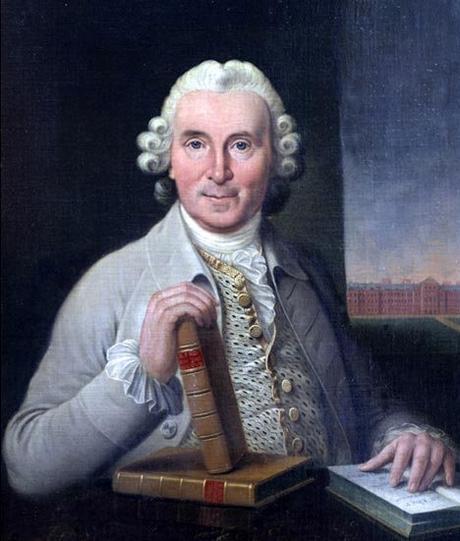 James Lind
James Lind[Reading Cancer and Vitamin C, part 3 of 9]
In their 1979 book, Cancer and Vitamin C, Ewan Cameron and Linus Pauling made clear that vitamin C was uniquely suited to fight cancer, but the duo still needed to address some unanswered questions. Namely, what was so special about vitamin C, and how did that specialness help it to fight disease? For Pauling and Cameron, part of the answer was connected to vitamin C’s protective factor against scurvy.
By the time that they were working on their book, it had been long understood that the body could store vitamin C. It was likewise well-known that, without any new infusions, these stores would deplete and symptoms of vitamin C deficiency would begin to manifest. Scurvy is the disease that arises once the stores have dropped below a critical level, with symptoms including drops in weight, loss of teeth, bleeding gums, poor wound healing, seizures, jaundice, disorientation, and eventually death. Scurvy was quite common among sailors because the food they took with them on their long voyages often lacked adequate levels of vitamin C. These foods, which were selected because they wouldn’t spoil, generally featured biscuits and cured or salted meats. But after months at sea, eventually their vitamin C concentrations would diminish, and disease would set in.
For a long while it wasn’t well understood what the exact source of scurvy might be, though many suspected it had something to do with one’s diet. As early as 1536, French explorer Jacques Cartier found that he was able to prevent scurvy by drinking a tea made from arborvitae leaves, which was great from a practical viewpoint but still didn’t unravel the root cause of the illness. Almost two centuries later, in 1747, Scottish physician James Lind initiated a concerted effort to uncover the secret. By manipulating the diets of scurvy patients, Lind soon discovered that those who were given an orange and a lemon were cured, while others who consumed diets lacking oranges and lemons continued to decline. But what exactly was in lemons and oranges that could help stave off scurvy remained a mystery.
Almost two-hundred years passed before the secret ingredient in oranges and lemons was finally unlocked, when Albert Szent-Györgyi isolated the substance in 1928 and correctly identified it as vitamin C in 1932. As a result of Lind’s discovery and Szent- Györgyi’s subsequent work, scurvy is now an entirely preventable disease.
As they continued their review of the literature, Pauling and Cameron came to realize that there is also a connection between scurvy and cancer; a connection that was also made centuries earlier by James Lind. When Lind was conducting his scurvy work, part of his search for a cure involved performing autopsies on those who had died of the disease, and he was interested to find that many patients with scurvy also suffered from cancerous tumors. This intriguing connection between cancer and scurvy was not more fully explored at the time, because when people contracted scurvy, they typically died shortly thereafter, meaning that cancer was rarely their cause of death.
In 1954 however, a Canadian physician, W.J. McCormick, reached the conclusion that both scurvy and cancer were diseases of collagen, and that scurvy damaged cells in a manner almost identical to the changes wrought by cancer cells as they replicate. McCormick also pointed out that late-stage cancer symptoms are very similar to those of late-stage scurvy, including anemia, hemorrhaging, formation of ulcers, increases in infections, and low levels of plasma and leukocytes. These connections added weight to Pauling and Cameron’s belief that vitamin C held secrets to fighting cancer, and encouraged them to keep pressing their case.
